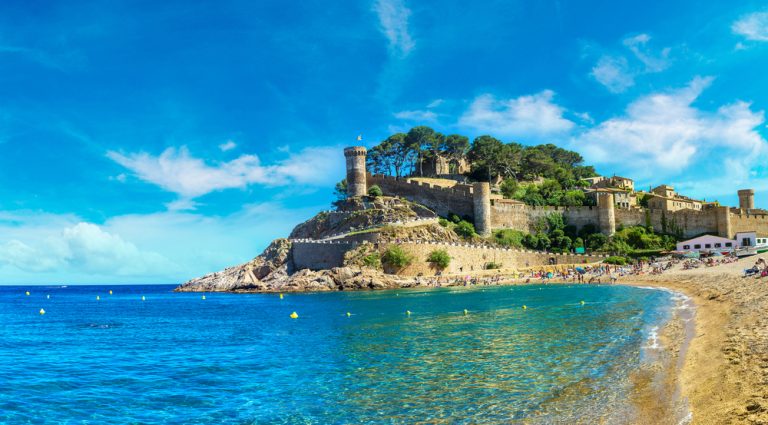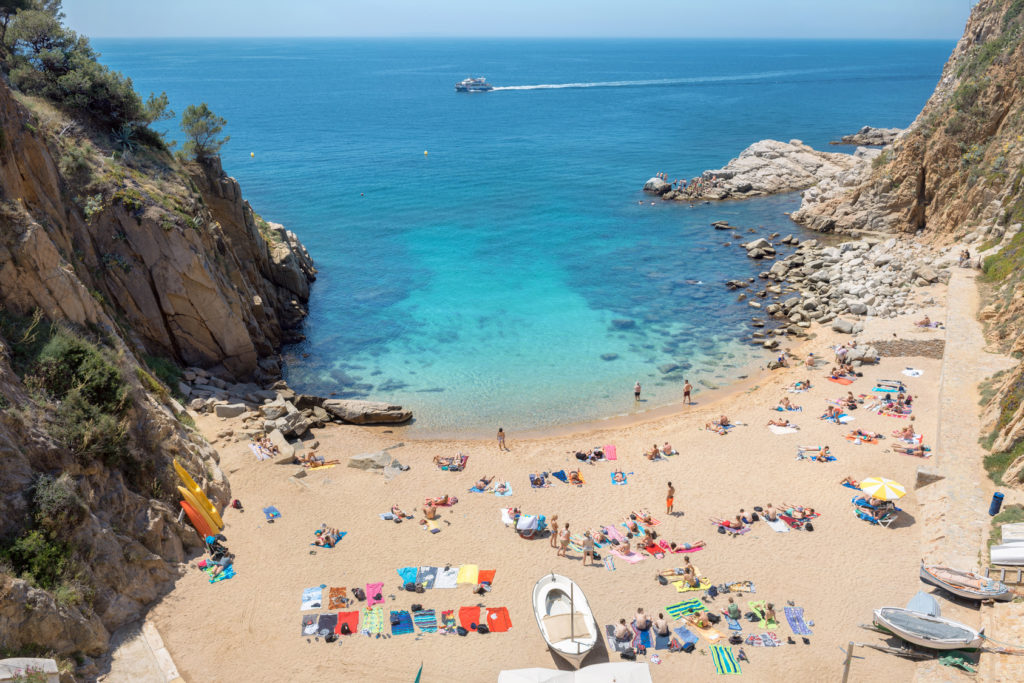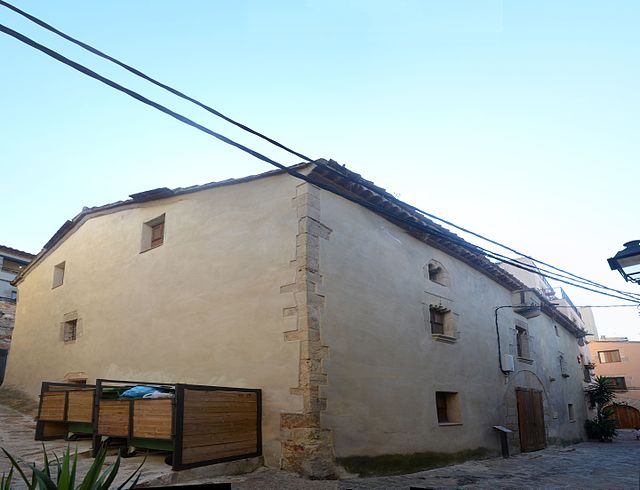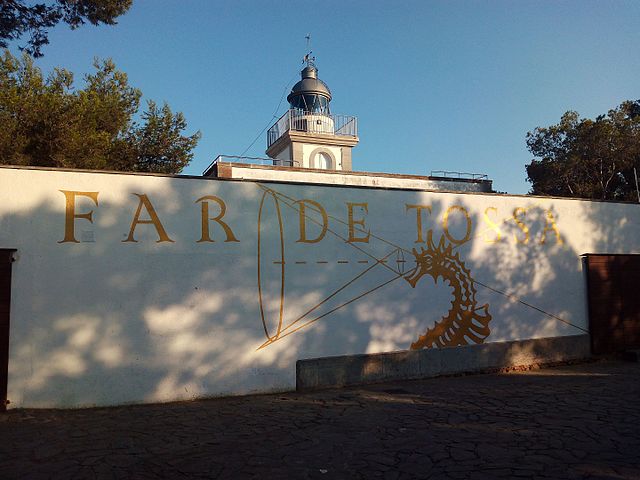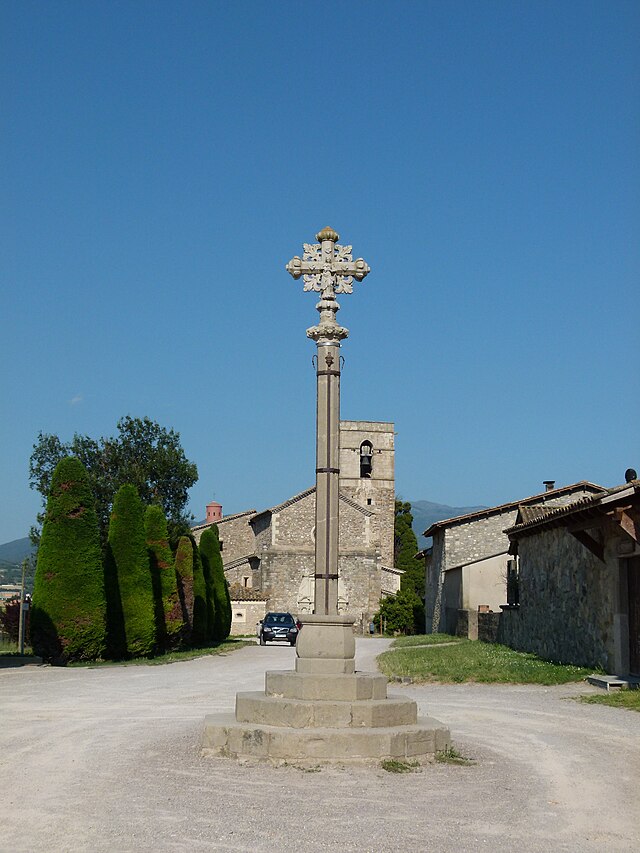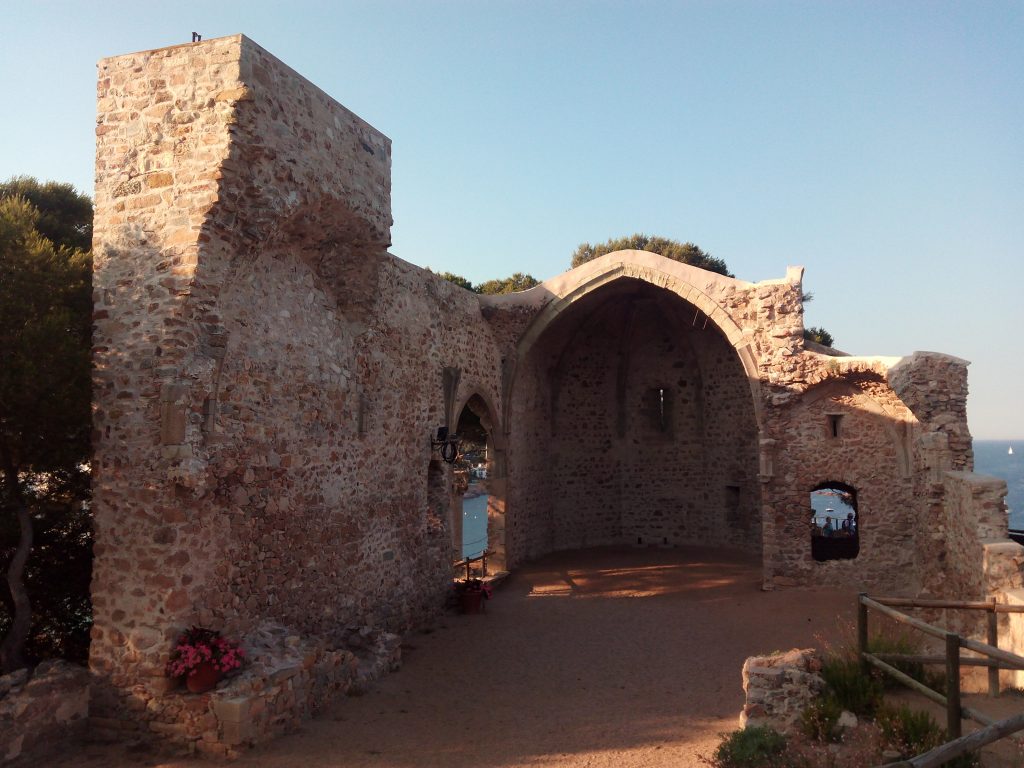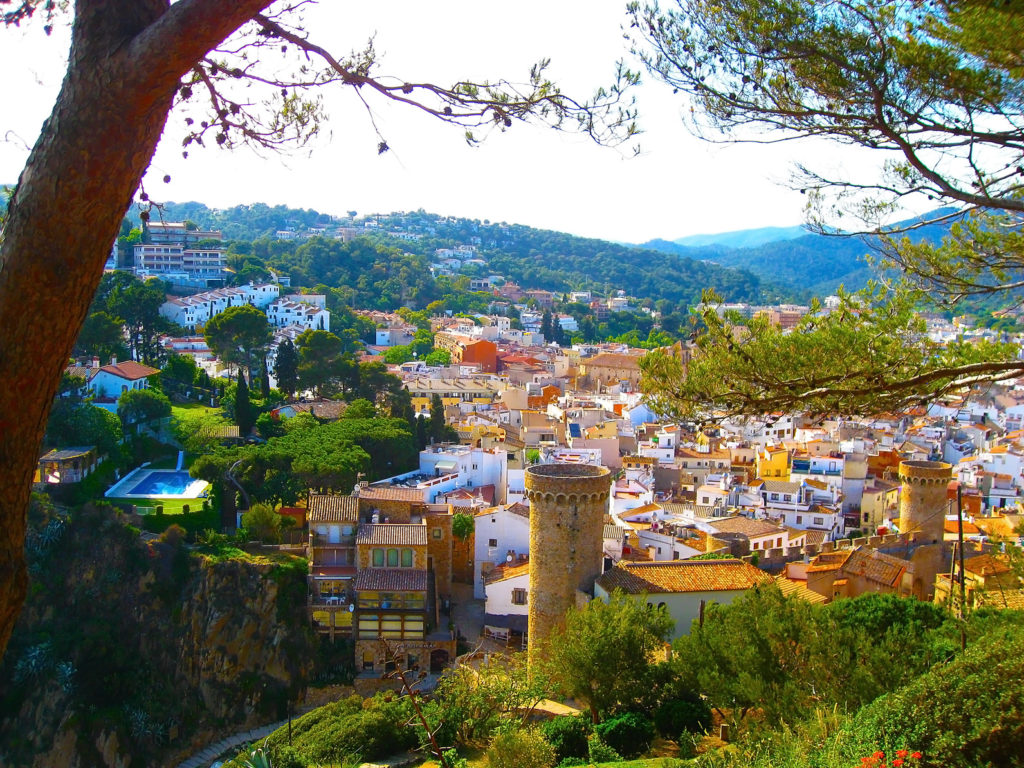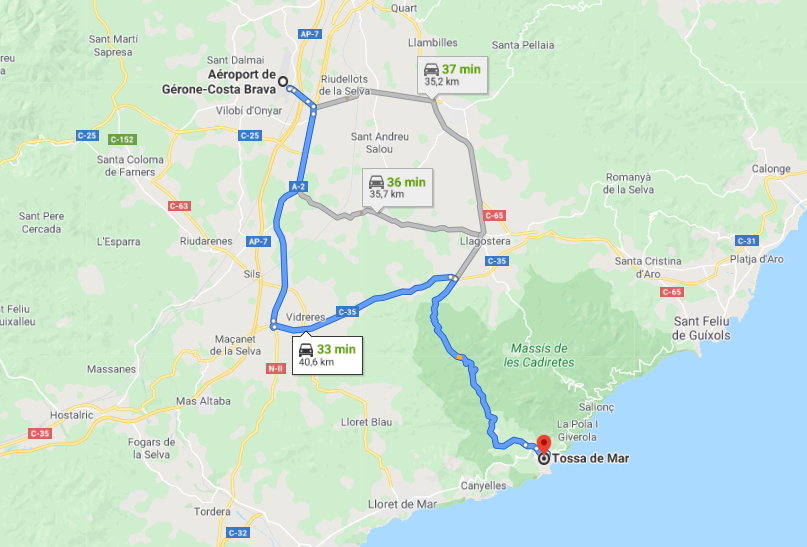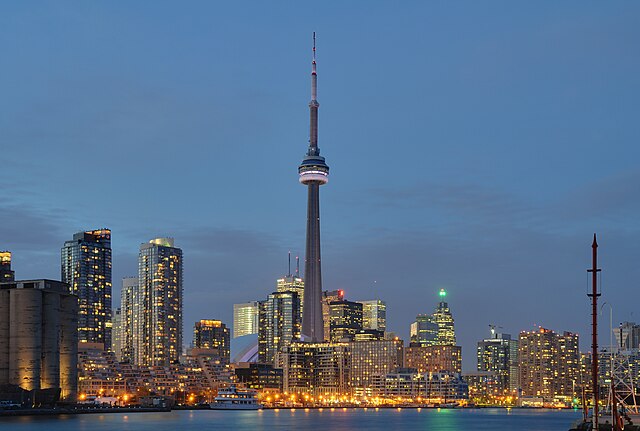Set within the municipality of Catalonia is the medieval town of Tossa de Mar, situated on the picture-postcard Costa Brava (‘Wild Coast’) in northeastern Spain. Tossa de Mar is a treasure trove of ancient ruins and historical monuments that have awed visitors since the arrival of mass tourism in the 1950s. The Belarusian-French painter Marc Chagall was so impressed by the quality of light in Tossa de Mar that he dubbed the town the ‘Blue Paradise’. Battlemented stone walls, majestic watchtowers, and a lighthouse are just a taste of what Tossa de Mar has to offer.
If you’re planning a trip to the Girona coastline, this guide will equip you with insider knowledge of the best historical attractions to visit on a weekend getaway to Tossa de Mar.
The Old Town
A good place to start your sightseeing is to head to Vila Vella, the well-preserved medieval heart of Tossa de Mar. The perfect stopover for history buffs, Vila Vella is the only fortified district on the Catalan coast that remains standing, dating back to the twelfth century. Step back in time as you wander through cobblestone streets, past defensive walls, and around cylindrical towers that once protected the town from Barbary pirate attacks. Check out the Joanàs Tower, which offers sweeping panoramic views of the bay; the Torre del Reloj (Clock Tower) at the entrance to the parade ground; and the Codolar Tower next to the former governor’s house, overlooking Platja d’es Codolar. Don’t forget to visit the Castle of Tossa de Mar, built in 1187 at the request of the abbot of Ripoll. The castle is strategically located on the summit of Mount Guardi, looking out onto the Mediterranean Sea. Some of the original cannons can even be observed perched on the watchtowers.
Sa Roqueta
From the sixteenth century onwards, Tossa de Mar experienced significant urban growth, which caused the town to expand beyond its medieval walls and led to the construction of houses to accommodate the town’s maritime population. This culminated in the formation of Sa Roqueta, the fisherman’s quarter of Tossa de Mar, which is characterised by its narrow streets, quaint atmosphere, and the traditional whitewashed houses that contrast with the cool blue of the sea. The neighbourhood has been built beside Platja d’es Codolar, a natural harbour where fishermen historically kept their boats. Sa Roqueta is accessible by foot (there are virtually no cars in this region), so be prepared to walk down winding streets past places of interest such as Can Ganga, a fortified farmhouse that houses the Women’s Museum. This museum offers visitors a window into the important contributions of women to culture and the local economy throughout Tossa de Mar’s history.
Far de Tossa Lighthouse
Tossa de Mar’s lighthouse is located at the highest point of Vila Vella, some 60 metres above sea level. Far de Tossa Lighthouse has played a crucial role in ensuring the safety of sailors for over a century. It was built in 1917, to guide ships along the often treacherous Costa Brava coastline. It offers one of the best vantage points in town, with stunning views of nearby beaches, including Platja Gran and Cala Codolar. Far de Tossa also houses the Lighthouse Interpretation Centre, a small museum where visitors can learn about the history of lighthouses and their evolution over time through technological advancements. Covering the lives of lighthouse keepers, the architecture of lighthouses, the history of maritime signals, and cultural references in literature and film, there’s plenty to learn about the world of maritime navigation from this fascinating exhibition.
Creu de Terme
At the main entrance to Tossa de Mar’s old town, you’ll find the Creu de Terme, a Gothic wayside cross that separates the medieval Vila Vella from the more modern areas of the town. Similar landmarks can be found at the edge of towns and villages in Catalonia, and are used to mark territorial boundaries or entrance points. Stone crosses also have religious significance, and are believed to offer blessings to travellers as they pass by. Experts have dated this monument, once located in the town’s cemetery, to the fourteenth or fifteenth century, and it is part of the Inventory of Catalan Cultural Heritage. At the base of the cross, which is 3.5 metres tall and fashioned from limestone, there are three concentric steps leading to a polygonal shaft. Intricately carved into the cross is an image of San Pedro, the patron saint of fishermen, and San Benet, founder of the Benedictines, a monastic order of the Catholic Church. If you look closely, you can also see depictions of the Virgin Mary and Christ etched into the stone cross.
Municipal Museum
Located in the former governor’s house, the Municipal Museum in Tossa de Mar was the first contemporary art gallery in Spain, opening on September 1, 1935. The town has a reputation for attracting artists, who have long been drawn to the beauty of the landscape, inspiring many nineteenth-century artworks. In the 1930s, Tossa de Mar became an artists’ colony occupied by avant-garde painters who established themselves in the town, including Georges Kars, André Masson, and Jean Metzinger. It was such an eclectic period in the region’s history that the Spanish painter Rafael Benet called the town, ‘the Babel of the arts’. Before the onset of the Spanish Civil War, the museum was founded to preserve the creative output of the era. The museum houses a vast collection of archaeological finds, including artefacts from the Roman villa of Els Ametllers, as well as modern art by renowned painters from all over Europe.
Ruins of Església Vella de Sant Vicenç (Old Church of Saint Vincent)
This fifteenth-century Gothic church was once the main parish church, but over time it fell into disrepair. As a consequence, only the choir, bell tower, and chapel remain standing. Today, the ruins are located within the walled enclosure of Vila Vella. During the French occupation at the beginning of the nineteenth century, the church doubled as an ammunition depot, however, most of it was destroyed after a gas explosion. Private residences were then built on the site, giving the inhabitants of the town somewhere to live. Església Vella de Sant Vicenç was the main church of the town until the sixteenth century, when the growing population and the shift of the town’s centre beyond the medieval walls led to the construction of a new parish church. This new church is one of the largest in the diocese, and is dedicated to the martyr Vincent of Saragossa. Much of the interior was destroyed during the Spanish Civil War, in 1936, but it was later restored, and today it remains an important place of worship.
Where to Stay
Elisabeth by the Sea Hotel: This five-star seafront resort is in close proximity to major attractions including the beaches Platja Gran, Platja d’es Codolar, and Platja de la Mar Menuda, which are all within 450 yards. Tossa de Mar Castle is 300 yards away from the property. The accommodation provides a 24-hour front desk, a concierge service, and free WiFi. Rooms are equipped with air conditioning, a minibar, and a flat-screen TV, as well as bed linen and towels for your comfort and convenience.
Golden Mar Menuda: This stylish beachfront resort is right on the doorstep of Platja de la Mar Menuda. As well as being a stone’s throw away from the beach, Golden Mar Menuda is a five-minute walk from a broad selection of highly-rated bars and restaurants along the promenade, so if you fancy heading out for a drink or a bite to eat, you’ll be spoilt for choice. A fresh and plentiful breakfast is served at the on-site restaurant, and an à la carte menu is available for lunch and dinner, featuring a blend of local Mediterranean specialities.
Hotel Diana: This modernist boutique hotel is located in the historic centre of Tossa de Mar and is only 50m from Platja Gran, 300m from Platja d’es Codolar, and 600m from Platja de la Mar Menuda. Hotel Diana is a family-run establishment set in a listed building that was built over a century ago by Catalan architect Antoni de Falguera i Sivilla, a student of Antoni Gaudí. All rooms at this hotel offer views over Plaza de España or the sea. As an old private house that was converted into a hotel, each room has special details that make it unique.
How to Get There
If you’re jetting off to Tossa de Mar, the quickest way of getting to your accommodation is to hop on a flight to Girona Airport (GRO) and then pre-book an airport transfer to your hotel with Shuttle Direct. The average flight time is just over two hours, and flights start from as little as £28. Various carriers offer regular flights to Girona Airport, including Ryanair, Jet2.com, and TUI.
Once you arrive, getting from Girona Airport to Tossa de Mar will take approximately 45 minutes. By pre-booking your travel, you can rest assured that you’ll arrive at your accommodation quickly, ready to start your holiday on the right foot.
Overview
UK to GRO flight time: 2 hours 15 minutes
GRO to Tossa de Mar distance: 48 kilometres
Shuttle Direct transfer time: 43 minutes
Types of Transfer
Taxi: Transfer from Girona Airport to Tossa de Mar by pre-booking a taxi before you leave home. You’ll be greeted at the airport by a professional driver who’ll take you to your accommodation without delay. This door-to-door service saves you the trouble of navigating public transport and means that you’ll be taken directly to your destination without any stops along the way, making it faster than shared transport options.
Shuttle bus: For budget-conscious travellers looking for a Girona Airport transfer, travelling by shuttle bus is your best bet. Shuttle services run on a regular schedule, so you won’t have to wait long to be dropped off at your accommodation after landing. You’ll meet at a designated point at the airport, board the bus alongside the other passengers, and be taken to a central drop-off point within easy reach of your accommodation.
Private transfer: For a taste of luxury, opt for a private transfer from Girona Airport to Tossa de Mar. With the peace of mind of a comfortable and fully-insured vehicle, you can travel on your own terms without the hassle of waiting for other passengers or having to stop along the way. When you land at the airport, a friendly local driver will greet you inside the terminal and deliver you right to the doorstep of your accommodation.
Minibus transfer: If you’re travelling with a large group of family or friends, an economical solution is to travel by minibus. With this option, you’ll be travelling in a larger capacity vehicle that can accommodate multiple passengers and your luggage without feeling cramped. Not only will the ride be comfortable, it’s also a budget-friendly way to transfer from Girona Airport to Tossa de Mar as the cost per person is lower than hiring several taxis.
Choosing the Right Transfer
Determining which airport transfer is right for you is a decision that often boils down to cost or convenience and which is more important to you. Fortunately, there are options to suit both kinds of travellers.
Cost: If saving money is top of your priority list and you’d prefer to reserve your budget for other aspects of your holiday, then a shared shuttle bus or minibus transfer are the best options for you. Because the ride is shared between multiple passengers, the overall cost is cheaper, but you won’t be compromising on safety or comfort. And, who knows, you might even make some friends along the way!
Convenience: However, if you don’t mind splashing out on your Tossa de Mar transfer and you value the convenience of a door-to-door service, then you’d be well advised to pre-book a taxi or a private transfer. Although you’ll have to pay a little extra for the luxury of being dropped off at the door of your accommodation, it’s a worthwhile investment, as you won’t have to worry about planning logistics in a foreign country.
About Shuttle Direct
At Shuttle Direct, we offer an extensive range of airport transfer services all over the globe. We’re committed to providing reliable, affordable, and efficient transport solutions tailored to the needs of every traveller. Whoever you are and however you travel, we’ve got you covered. You can trust on Shuttle Direct to get you to where you need to go, no stress, no delays.

